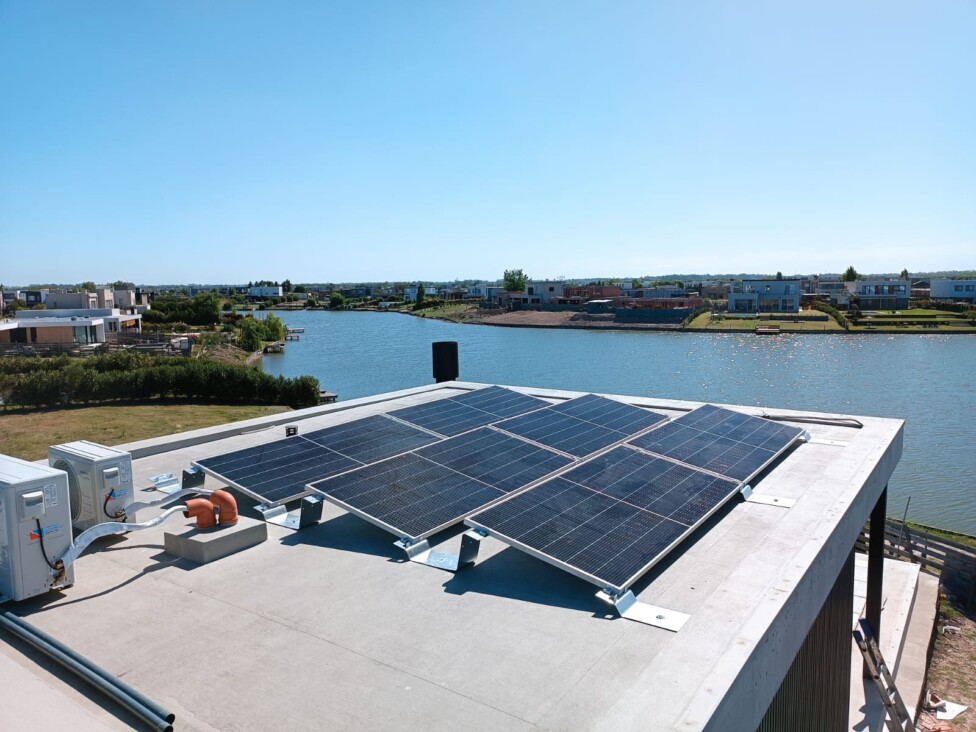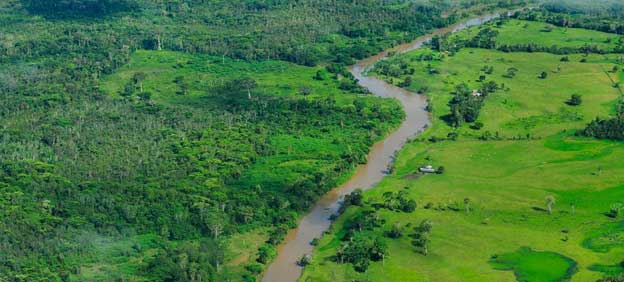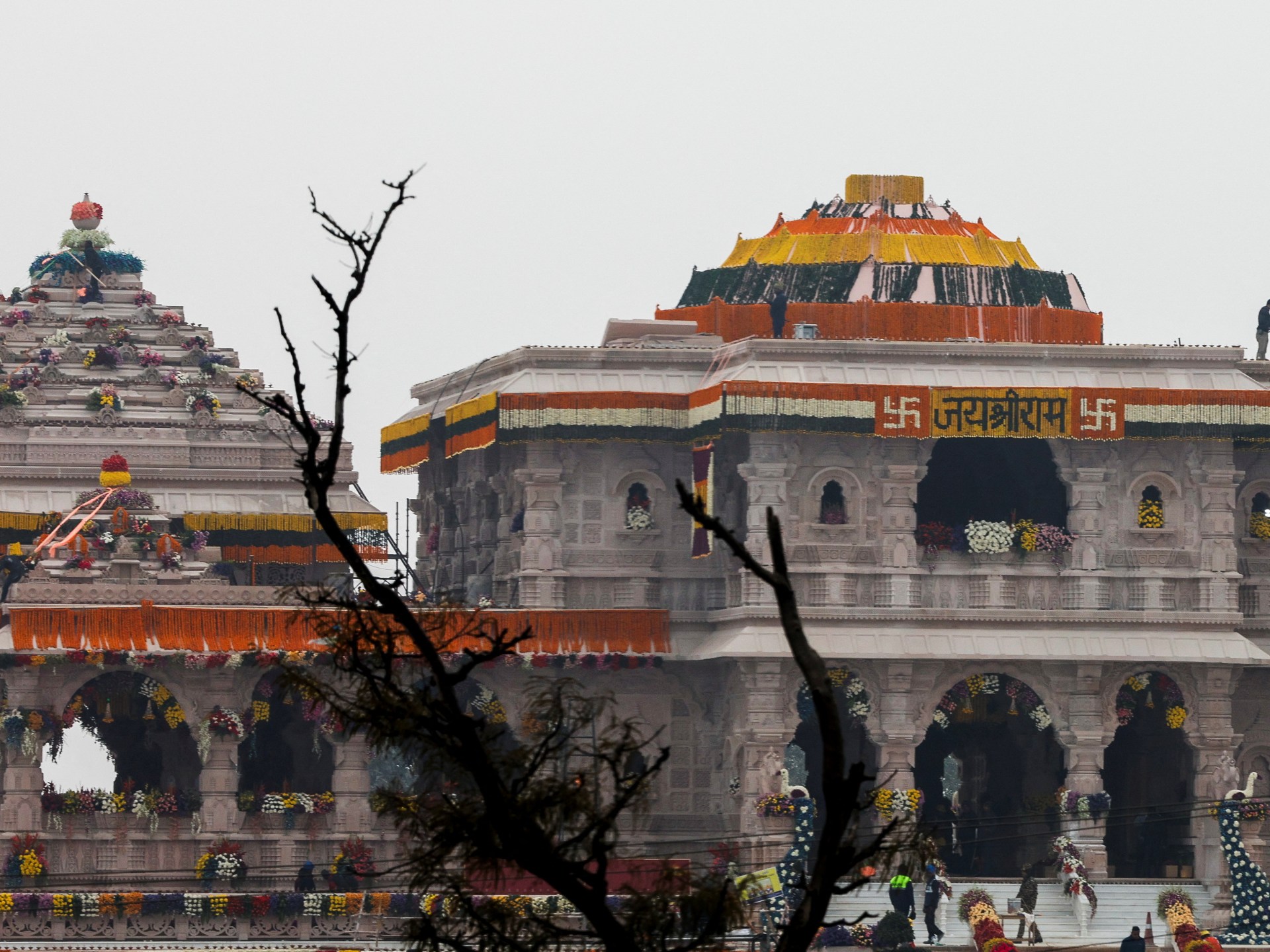Generation and Self-Consumption, the Path to Clean Energy in Argentina — Global Issues
BUENOS AIRES, Dec 23 (IPS) – With large projects held back by the economic crisis and lack of infrastructure, Argentina seems to be looking at an alternative path towards a more sustainable energy mix involving small renewable energy projects, promoted by environmentally aware industries, businesses and private users.
The initiatives are aimed at covering their own consumption, sometimes with the addition of so-called distributed generation, in which user-generators who have a surplus of electricity can inject it into the national power grid and thus generate a tariff credit.
Distributed generation initiatives have just surpassed 1,000 projects already in operation, according to the latest official data.
At the same time, this month saw the inauguration of the largest private solar energy park in the city of Buenos Aires, an initiative of the Argentine Rural Society (SRA), the traditional business chamber of agricultural producers.
The park was installed in the exhibition center the SRA owns in the capital of this South American country, to supply part of its consumption with an investment of almost one million dollars and more than 1,000 solar panels.
“Small private renewable energy projects and distributed generation will be the ones to increase installed capacity in the coming years, because the electricity transmission and distribution system sets strong limits on large projects,” Mariela Beljansky, a specialist in energy and climate change issues, told IPS.
Beljansky, who was national director of Electricity Generation until early 2022, added: “Otherwise there will be no way to meet the growth targets for renewable sources set by Argentina, as part of its climate change mitigation commitments under the Paris Agreement.”
Argentina presented its National Climate Change Adaptation and Mitigation Plan, which includes 250 measures to be implemented by 2030, at the 27th Conference of the Parties (COP27) on climate change held by the United Nations in the Egyptian city of Sharm El Sheikh in November.
The National Secretariat for Climate Change estimated the total value of the plan’s implementation at 185.5 billion dollars, four times more than the debt Argentina incurred in 2018 with the International Monetary Fund (IMF), which has generated a sharp deterioration of the economy since then.
According to the data included in the plan, the energy sector is the largest generator of greenhouse gases (GHG) in the country, generating 51 percent of emissions.
Although renewable sources (with wind projects in first place and solar in second place) reached a record in October, supplying 17.8 percent of total electricity demand, the energy mix continues to be sustained basically by oil, natural gas and large hydroelectric projects.
Furthermore, the country has not decided to slow down the development of fossil fuels. The main reason is that it has large reserves of shale natural gas in the Vaca Muerta field in the south of the country, which has been attracting the interest of international investors for years. The climate change plan sets the goal of using natural gas as a transition fuel to replace oil as much as possible.
The plan also includes the objectives of developing a variety of renewable energy sources (wind, solar, small hydro, biogas and biomass) and also distributed generation, “directly at the points of consumption” and connected to the public power grid, at the residential and commercial levels.
Large renewable projects experienced strong growth between 2016 and 2019, on the back of an official plan that guaranteed the purchase of electricity at attractive prices for investors, but since then there have been virtually no new initiatives.
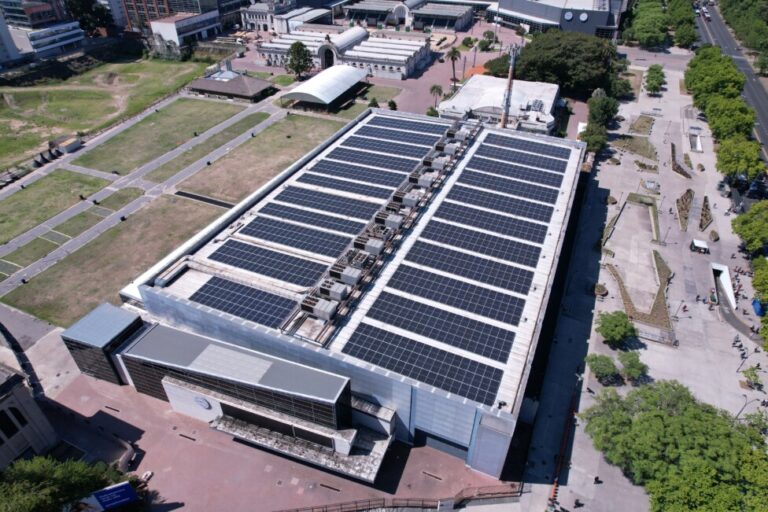
Consumption subsidies
“In Argentina’s current situation, where there is practically no financing, and there are restrictions on importing equipment, high inflation and economic uncertainty, it is difficult to think about large renewable energy parks, and small projects become more attractive,” Marcelo Alvarez, a member of the board of the Argentine Renewable Energy Chamber (Cader), told IPS.
Alvarez pointed out that what conspires against small private and distributed generation projects are the subsidies that the Argentine government has been providing for years to energy consumption, including those families with high purchasing power that do not need them.
“Artificially cheap electricity rates and the scarcity of credit discourage the growth of renewables,” Alvarez said.
“The proof of this is that more than half of the distributed generation projects in operation are in the province of Cordoba (in the center of the country), where electricity prices are three times more expensive than in Buenos Aires and there is a special line of credit from the local bank (Bancor, which grants ‘eco-sustainable loans’) for renewable equipment,” he said.
Indeed, according to data from the Energy Secretariat, there are 1,051 user undertakings that generate their own electricity and inject their surplus into the grid and 573 of them are in the province of Cordoba.
Argentine state energy subsidies totaled 11 billion dollars in 2021 and this year, up to October, they already exceeded seven billion dollars, according to data from the Argentine Association of Budget and Public Financial Administration (Asap).
As for sources of financing, there is a line of credit endowed with 160 million dollars from the Inter-American Development Bank (IDB) and the Banco de Inversión y Comercio Exterior (Bice), financed in part by the Green Climate Fund, which is aimed at renewable sources and energy efficiency projects for small and medium-sized businesses. However, most companies are unaware of its existence.
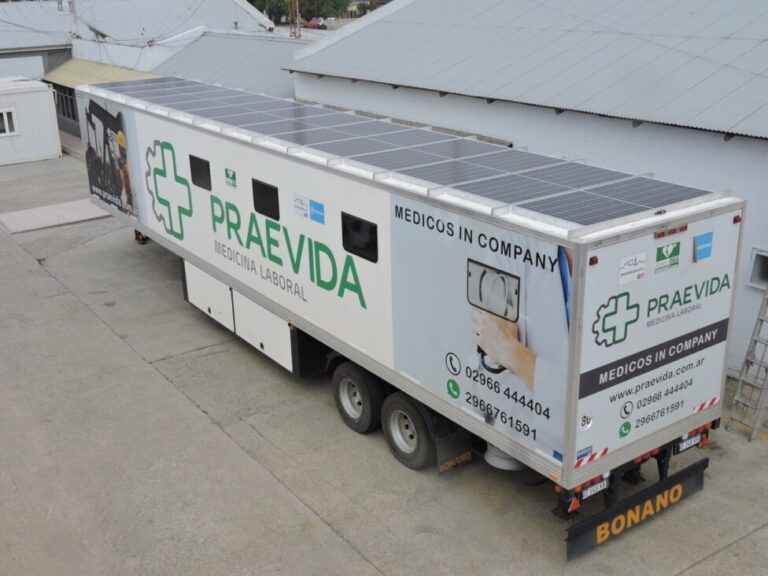
Private ventures
On Dec. 15, the Rural Society inaugurated the largest private solar park in Buenos Aires, in the 42,000 square meter covered area where the country’s most important fairs and exhibitions are held. The investment reportedly amounted to almost one million dollars.
“We have 42,000 square meters of roofs in our pavilions. It is a very important flat surface for the placement of solar panels, so we had been thinking about it for several years. We had done a pilot project in 2019, but then everything was delayed by the pandemic, which forced us to close the venue,” Claudio Dowdall, general manager of La Rural, told IPS.
“At this stage we used 5,000 square meters of roofs, on which we placed 1,136 photovoltaic panels, with a total power of 619 kW. This is equivalent to the average consumption of 210 family homes and, for us, it is between 30 and 40 percent of the electricity we use,” he added.
Andrés Badino, founder of Utorak, a company that has been dedicated to renewable energy for families and companies for more than five years, confirms that consultations and demand are growing in the sector.
“People’s interest has been growing because of increased environmental awareness and, also, because of what can be saved on electricity bills for residential users and for educational institutions and healthcare centers as well,” Badino said.
“Argentina has a national industry for the production of solar thermal tanks, but not for the manufacture of panels, inverters or batteries, despite the fact that the country has one of the largest reserves in the world, the main component. But we are confident that international prices will go down and drive demand,” he said.
© Inter Press Service (2022) — All Rights ReservedOriginal source: Inter Press Service
Check out our Latest News and Follow us at Facebook
Original Source

